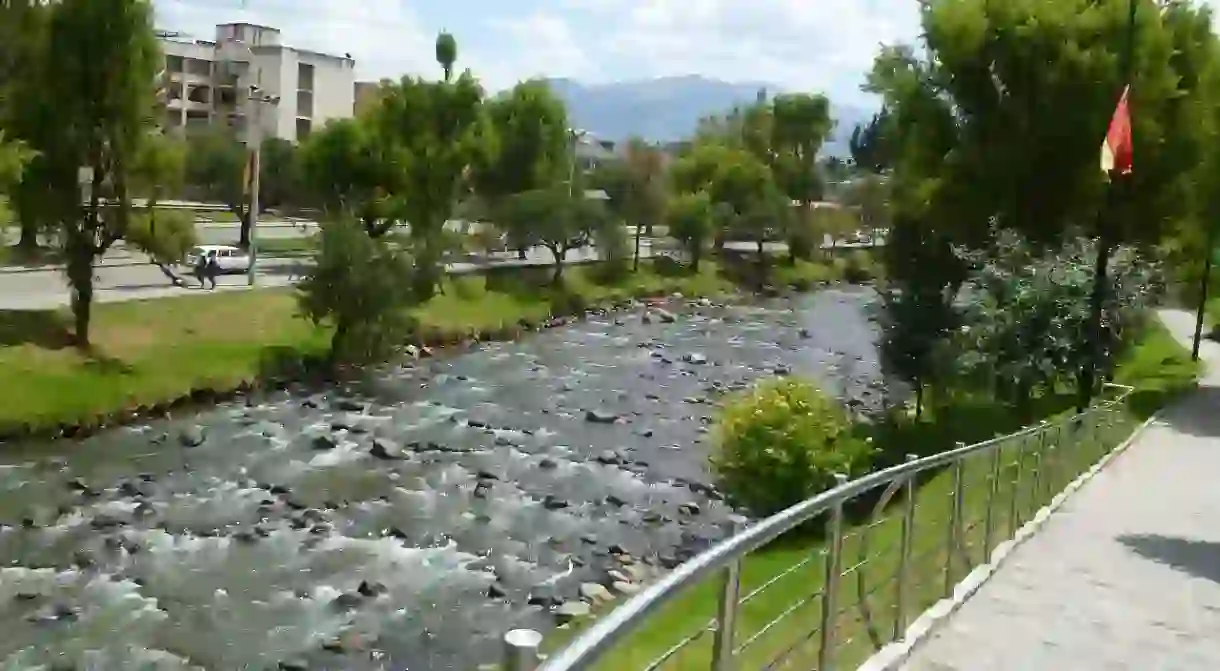Why So Many Americans Are Flocking to Cuenca, Ecuador

American expats have a love affair with Cuenca, Ecuador, which consistently ranks high in International Living Magazine’s Top Ten List of Best Places to Retire. Despite the need to learn a foreign language and an often vast cultural divide, Americans want to make this charming Ecuadorian city home for many diverse reasons.
The moderate weather
Living at a high altitude in the Ecuadorian Andes comes with the benefit of good weather. While locals describe the climate in Cuenca as perpetual spring, there are actually two seasons, winter and summer. Winter is short, generally beginning in late November and finishing around May. But heavy rains are usually limited to a month or two around February. Temperatures are the same year-round, with the average high in the upper 60s to low 70s Fahrenheit (approximately 19–23°C).

The quality of life
Expats flock to Cuenca for the overall quality of life. The expat community plans events, such as meetups and trips, to help newcomers bond with like-minded friends. Many cafés and restaurants cater to Americans and not just with food offerings. Some provide cable TV with connections to the most popular sporting events in the United States. If hanging with Americans isn’t your style, the locals in Cuenca offer a wide-variety of activities, from concerts in the local churches to plays at community theaters. There is a never-ending list of new opportunities in which to engage.

The affordable living
The cost of living in Cuenca is enviable. Ecuadorians, in general, pay less for basics, including food and health care, both of which are abundant and affordable, especially near cities such as Cuenca. And while prices of homes have risen in the past few years, in large part because of ex-pat interest, they are still low when compared to big-city living in the United States. Even better, the comparison between the two is easy as there is no exchange rate. Ecuadorians buy and sell with the U.S. dollar.

The European atmosphere
The variety of walking paths, pedestrian bridges, and central plazas alongside the Spanish-Colonial architecture of the historic center lends a European vibe to many Cuencano neighborhoods. Add a few high-end restaurants, some bistro-style cafés, and coffee shops selling European-style pastries, and it is possible to forget that you live in South America.

The local residents
While the people of Cuenca can be very formal when first introduced, they are also extremely polite and welcoming. Whether it’s the flower vendor at the local market or the café owner of the corner coffee shop, Cuencanos will go out of their way to be helpful. Many speak English, and those who do not use a mildly accented Spanish that is almost sung rather than spoken. Some people believe that the Spanish of Cuenca is one of the easiest to learn.

The colonial city
Cuenca is a UNESCO World Heritage Site. Its historic center is pedestrian-friendly and encourages exploration. It seems that there is always a pretty view waiting around the next street corner. For expats living near the colonial heart of town, it is possible to walk everywhere and leave the idea of a car behind. For those living on the outskirts, public transportation is dependable.

The surrounding countryside
Gorgeous, emerald green mountains dotted with rural communities and small farms surround Cuenca. It is easy to escape from the so-called big city and venture into a rural landscape, providing the best of both worlds for many American expats.

The central location in Ecuador
The list of things to do in and around Cuenca is never-ending. While a relaxing retirement is entirely possible, so is an action-packed one. The money saved by the lower cost of living in Ecuador is often spent on bucket list trips to the Amazon Basin and the Galapagos or on exploring the surrounding region with visits to places such as Cajas National Park and the Incan-Cañari ruins at Ingapirca. Flights leave daily to both Guayaquil and Quito as well.














